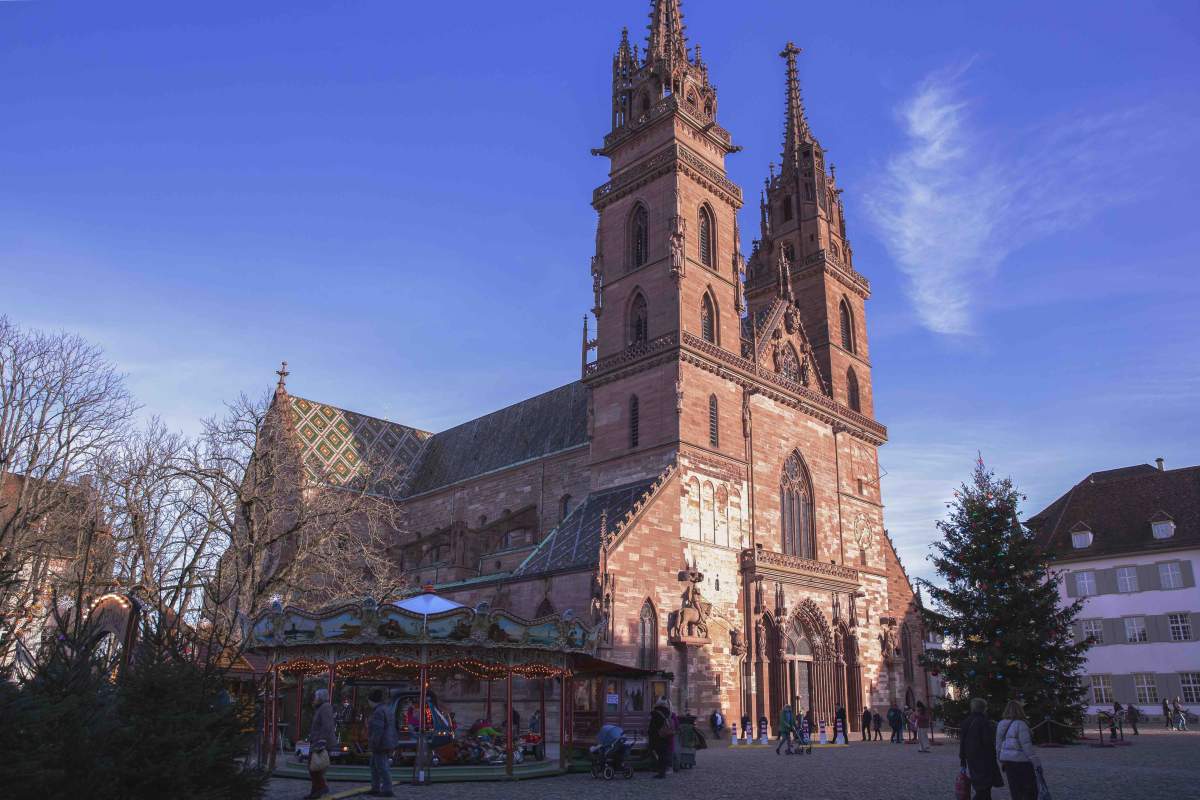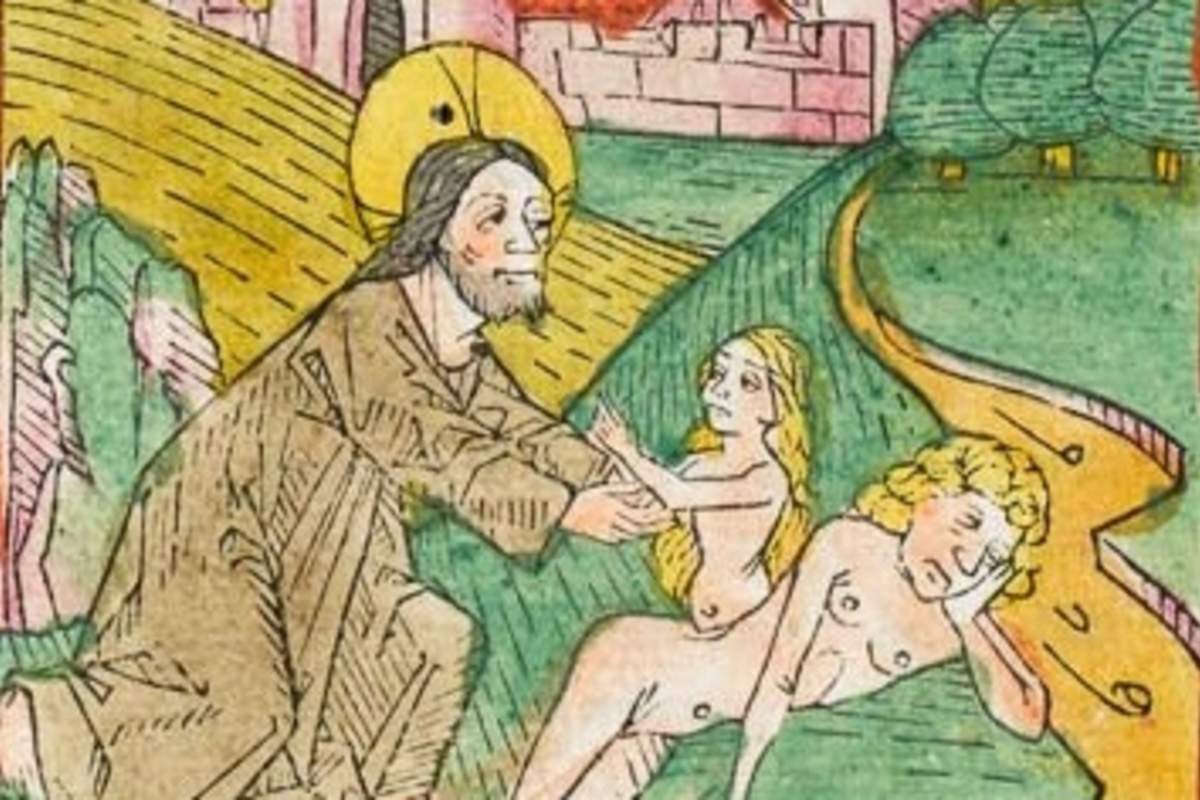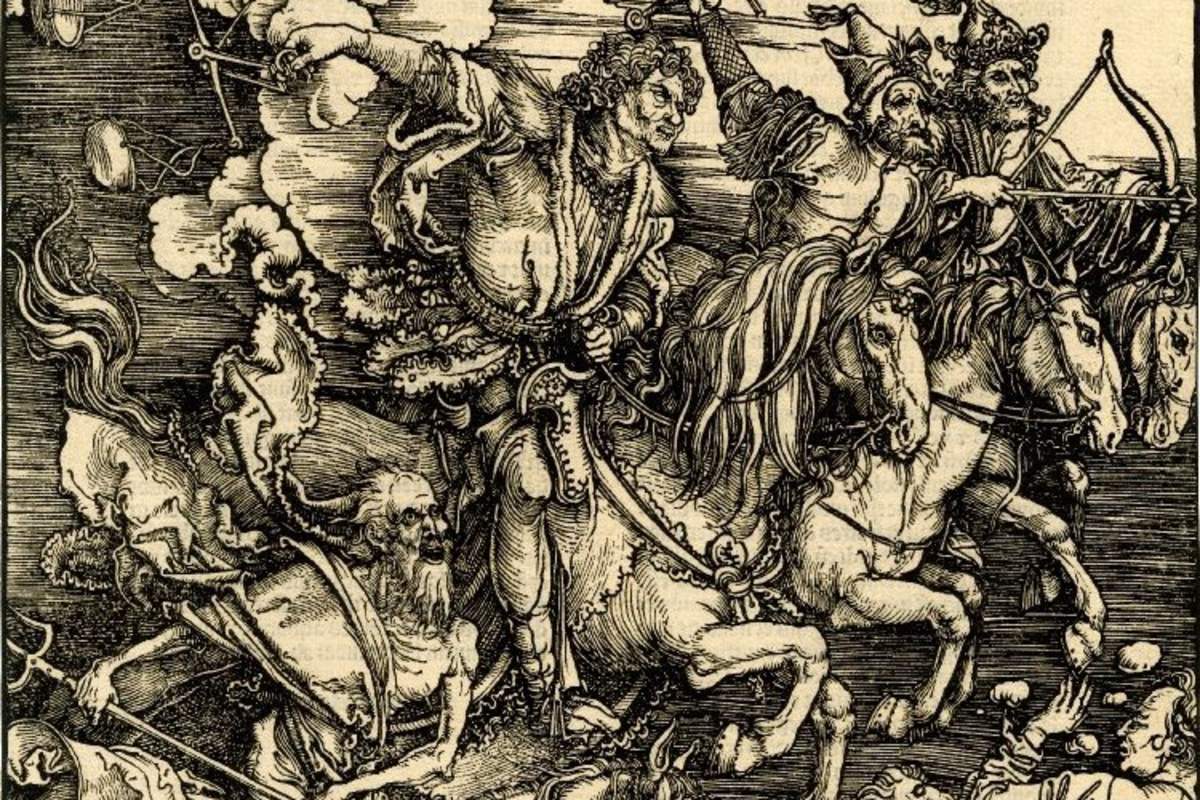-
A Star over Basel
City of Culture and Historical Treasures
Since the 5th century B.C., the area at the bend of the Rhine, on which the city of Basel now stands, has been inhabited. First by Kelts, but not much later, the Romans discovered the lovely and strategically beneficial spot. The actual name of the city Basilia was first mentioned in the 4th century. In our blog post, however, we will focus on another time, namely 15th century, when Basel became a European centre of book art. When we look at the festive lights around the hill of the cathedral and the Christmas market on Barfüsserplatz, it is not difficult to picture ourselves in the epoch of faith, hope, and - alas - unfathomable fears: the late Middle Ages.
-
The Post-Gutenberg Era
Early Printed Bibles in German Creation of Eve from Pflanzmann's German Bible of 1475-77
Creation of Eve from Pflanzmann's German Bible of 1475-77The first book to be printed with movable type printing was a Bible - the Book of Books. Around 1454/55, Johannes Gutenberg from Mainz set about the daunting task of printing a Bible with 324 pages in folio format. Gutenberg's Bible was printed in Latin. Not long after his first printing adventure, other printed Bibles followed in Latin and in German.
Obviously, public demand was great.
-




